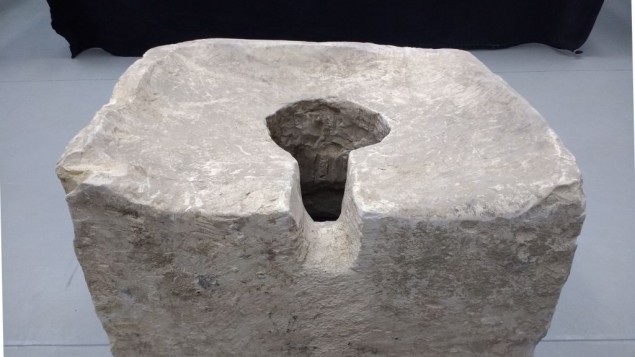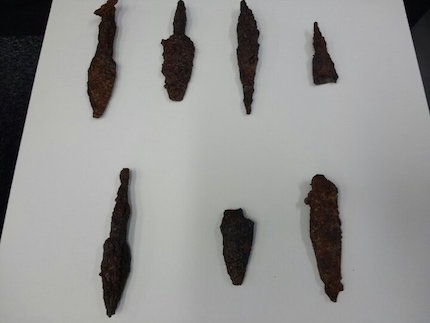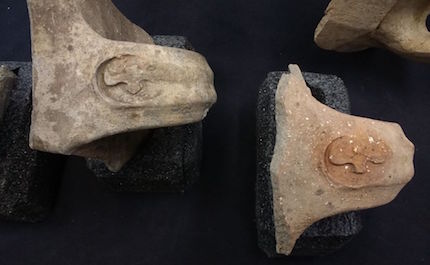A 2,700-year-old latrine confirms King Hezekiah destroyed idols
Other objects were also found. “Everything connects in a wonderful way to the Bible”, an archaeologist said.
The Times of Israel · JERUSALEM · 30 SEPTEMBER 2016 · 16:33 CET

A 2,700-year-old crappe, among other objects, have been found by archaeologists digging at Tel Lachish, a major city in the Kingdom of Judah.
They point to the toilet as evidence of religious reforms carried out by the biblical king Hezekiah in the 8th century BCE.
DIFFERENT OBJECTS FOUND IN LACHISH
The limestone commode was found inside a chamber of the Iron Age city’s monumental six-chambered gate that served as a shrine. At the time, Lachish was the second city of the Judahite kingdom, whose capital was Jerusalem. The gateway would have served as a meeting place, courthouse and administrative center.
Israel Antiquities Authority archaeologist Sa’ar Ganor, who headed the excavation of Lachish’s massive portal (the largest yet excavated in the region), said Wednesday that archaeologists had found small altars whose horned corners had been smashed, and in the corner of the room a toilet had been erected.

KING HEZEKIAH
The idea of using a toilet to defile cultic locations is mentioned in the Bible, as in the case of Jehu when he destroyed the cult of Ba'al (see II Kings 10:27). It's the first time the phenomenon has been confirmed archaeologically.
It would appear, Ganor argued, that Hezekiah’s modus operandi when he worked to centralise religious worship in Jerusalem also involved turning the shrine into a privy.
“The cult worship was eradicated, here’s the evidence, smashing the altar horns. But not only was it annulled, in Lachish they put in a throne, the same stone you see here,” Ganor said, pointing to the stone toilet.

Seal impressions on pot handles found in another chamber of the gatehouse bear Hezekiah’s royal mark, with ancient Hebrew letters reading “To the king of Hebron,” and another with the name of Naham Avdi, a high-ranking administrator. They’re clear evidence, Ganor said, of centralised governance being conducted at the gate.
The gateway itself was completely destroyed by Assyrian King Sennacherib’s army in 701 BCE, in a siege described in the biblical account and in a monumental relief from the Assyrian capital of Nineveh (now at the British Museum). Assyrian and Judean arrowheads were found in the soil from the layer of destruction.
“EVERYTHING CONNECTS WITH THE BIBLE”
“Everything connects in a wonderful way to Assyrian sources… and the Bible as well as to the archaeological evidence”, Ganor said.

Published in: Evangelical Focus - culture - A 2,700-year-old latrine confirms King Hezekiah destroyed idols
